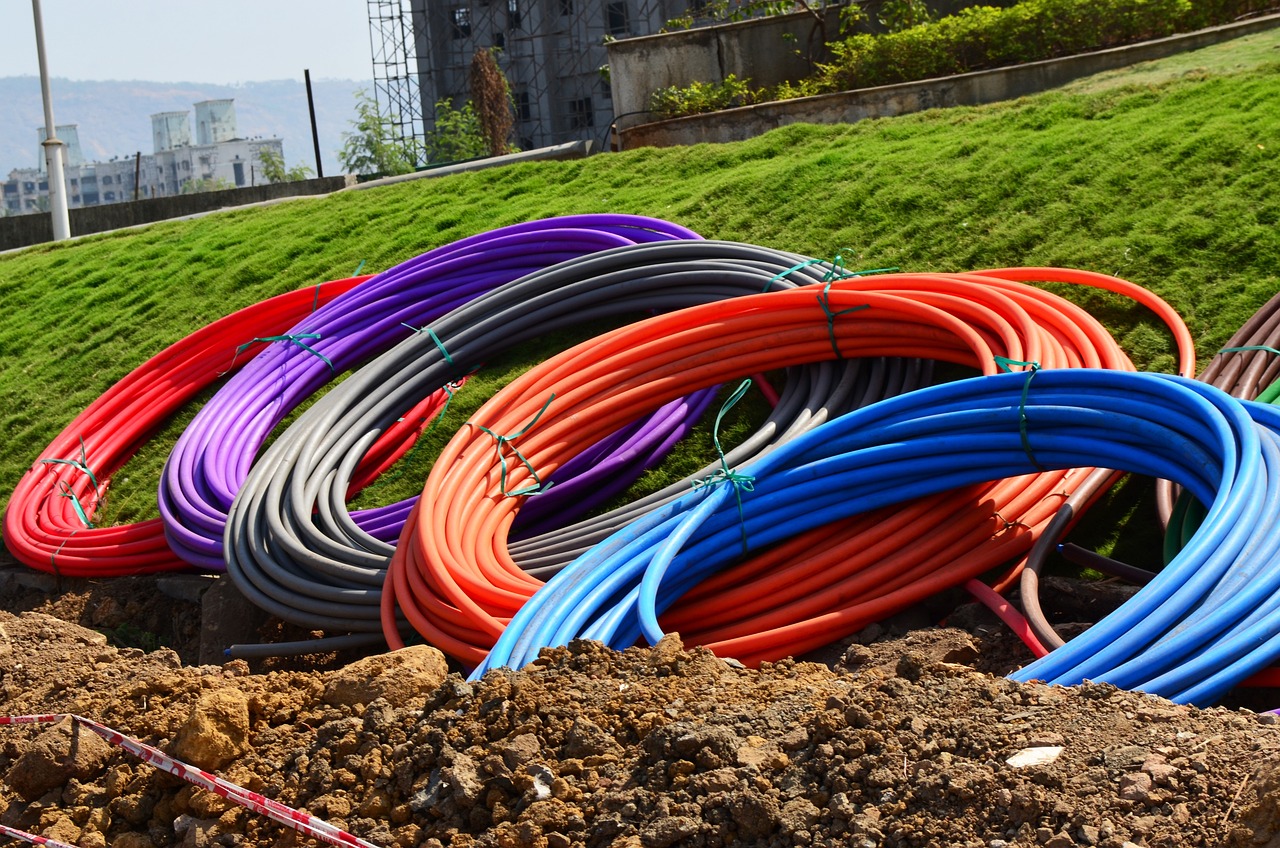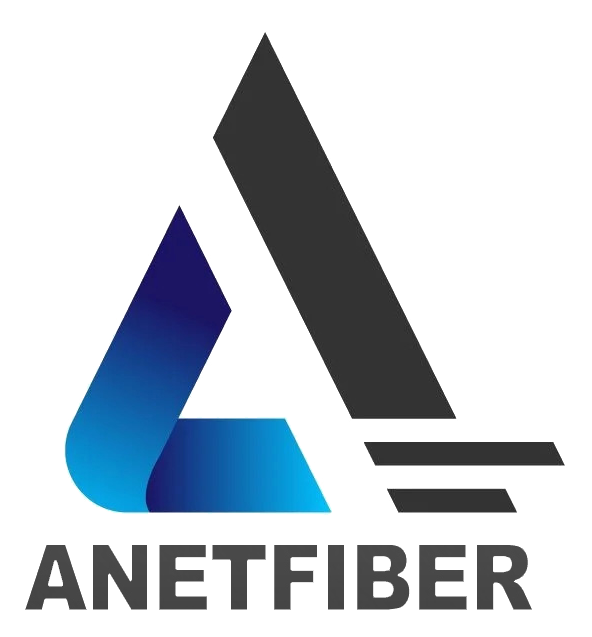4 Types of Optical Fiber Cables You Need to Know About

Getting to Know Optical Fiber Cables
Optical fiber cables are an integral part of modern communication and data transmission systems. Optical Fiber refers to a type of cable that contains one or more transparent fibers carrying light waves for transmitting data. These cables are designed to transmit data with minimal loss over long distances, making them essential in various industries.
What Are Optical Fiber Cables?
Optical Fiber Cables are composed of a core, cladding, and buffer coating. The core, made of glass or plastic, is the central part through which light is transmitted. The cladding surrounds the core and reflects light back into the core, preventing signal loss. Additionally, a buffer coating protects the fibers from moisture and physical damage.
The Importance of Optical Fiber in Today's World
The significance of Optical Fiber in today's world cannot be overstated. These cables play a crucial role in enabling high-speed internet connections, telecommunication networks, and cable television systems. They have revolutionized global communication by facilitating rapid data transfer and seamless connectivity.
In addition to telecommunications, optical fiber cables are extensively used in medical imaging devices, industrial sensing applications, and military communications systems due to their reliability and efficiency.
Single-mode Fiber Optic Cables
Now, let's delve into the fascinating world of single-mode fiber optic cables. These cables are designed to transmit data over long distances with exceptional clarity and minimal signal loss.
Understanding Single-mode Fiber Optic Cables
Core Structure and Light Propagation
The core of single-mode fiber optic cables is extremely narrow, typically around 8-10 microns in diameter. This slender core allows for the transmission of a single mode of light, resulting in a straight path for the light waves. As a result, these cables can carry signals over extended distances without the risk of signal distortion or interference.
In terms of light propagation, single-mode fiber optic cables rely on a phenomenon known as total internal reflection. When light enters the core, it travels directly down the center without bouncing off the edges. This precise transmission method ensures that the signal reaches its destination with remarkable fidelity.
Advantages of Single-mode Cables
The use of a single light mode grants single-mode fiber optic cables several advantages. Firstly, they offer significantly higher bandwidth and faster data transmission speeds compared to multimode cables. This makes them ideal for applications where large volumes of data need to be transmitted over extensive distances.
Moreover, due to their ability to maintain signal integrity over long distances, single-mode fiber optic cables are widely favored for long-haul communication networks and undersea cabling systems. Their low attenuation characteristics ensure that data can travel vast distances without requiring frequent regeneration.
Applications of Single-mode Fiber Optic Cables
Long-Distance Communication
One of the primary applications of single-mode fiber optic cables is in long-distance communication networks. These cables are instrumental in connecting cities, countries, and even continents through high-speed data links. Their ability to transmit data over thousands of kilometers with minimal loss makes them indispensable in global communication infrastructure.
High-Speed Data Transmission
In addition to long-haul communication, single-mode fiber optic cables are extensively used in high-speed data transmission scenarios. They form the backbone of internet backbones and intercontinental network connections where rapid data transfer is essential for seamless connectivity.
Multimode Fiber Optic Cables
As we transition into the realm of multimode fiber optic cables, it's essential to understand their unique characteristics and applications in modern communication systems.
Exploring Multimode Fiber Optic Cables
Core Structure Differences from Single-mode
The core structure of multimode fiber optic cables differs significantly from that of single-mode cables. Unlike the narrow core of single-mode cables, multimode cables feature a comparatively wider core, typically around 50-100 microns in diameter. This larger core allows for the transmission of multiple modes of light, enabling the propagation of signals over shorter distances with slightly more dispersion.
In addition, multimode cables utilize a variety of optical wavelengths to transmit data, resulting in a broader dispersion pattern compared to the singular mode transmission characteristic of single-mode cables.
Advantages of Multimode Cables
Multimode fiber optic cables offer several distinct advantages that make them well-suited for specific applications. One notable advantage is their cost-effectiveness, as they are generally more affordable than single-mode cables. This makes them an attractive choice for scenarios where high bandwidth is not a primary requirement, such as local area networks (LANs) and short-distance communication setups.
Moreover, due to their ability to accommodate multiple modes of light, multimode cables are less susceptible to alignment issues during installation. This flexibility simplifies the deployment process and reduces the need for precision alignment equipment, contributing to overall cost savings.
Where Multimode Cables Shine
Local Area Networks (LANs)
Multimode fiber optic cables play a pivotal role in establishing robust local area networks (LANs) within office buildings, campuses, and other confined spaces. Their ability to efficiently transmit data over relatively short distances aligns perfectly with the requirements of LAN setups where high-speed connectivity between interconnected devices is paramount.
In LAN environments, multimode cables facilitate seamless communication between computers, printers, servers, and other networked devices. They form the backbone of internal network infrastructure by ensuring rapid data transfer and reliable connectivity within confined geographical areas.
Short-Distance Communication
Another area where multimode fiber optic cables excel is in short-distance communication applications. These could include connections within buildings or across adjacent structures where the transmission distance is limited. Due to their capacity for transmitting multiple modes of light over shorter distances without significant signal degradation, multimode cables are an ideal choice for these scenarios.
Whether it's facilitating inter-office communication or supporting data exchange within localized industrial facilities, multimode fiber optic cables provide a dependable solution for achieving efficient and stable connectivity over short distances.
Specialty Fiber Optic Cables
When it comes to specialized applications, armored fiber optic cables and aerial fiber optic cables offer unique features and capabilities that cater to specific environmental and installation requirements.
Armored Fiber Optic Cables
Structure and Protection
Armored fiber optic cables are designed with an additional layer of protection to safeguard the delicate optical fibers within. This protective armor, typically made of materials like steel or aluminum, provides enhanced durability and resistance against external stressors such as tension, compression, and impact. The armored construction ensures that the internal fibers remain intact even in harsh operating conditions, making these cables ideal for deployment in rugged environments where standard cables may be vulnerable to damage.
In addition to the outer armor, armored fiber optic cables feature robust inner components including the core, cladding, and buffer coating similar to standard optical fiber cables. This combination of internal and external protection ensures reliable data transmission while mitigating the risks associated with physical wear and tear.
Armored vs. Non-Armored Cables
The primary distinction between armored and non-armored cables lies in their resilience to external factors. While non-armored cables are suitable for controlled indoor environments where they are shielded from potential hazards, armored cables excel in outdoor settings where exposure to mechanical stress or environmental elements is a concern. The added protection of armored cables makes them indispensable for applications requiring long-term reliability in challenging surroundings.
Aerial Fiber Optic Cables
Design and Installation
Aerial fiber optic cables, as the name suggests, are specifically engineered for above-ground installation scenarios such as overhead utility poles or aerial support structures. These cables are constructed with materials that exhibit exceptional tensile strength and resistance to environmental factors like UV radiation, temperature variations, and wind-induced stresses.
The design of aerial fiber optic cables incorporates specialized reinforcement elements that ensure secure attachment to support structures while minimizing sagging or tension-related issues. This meticulous engineering allows for efficient aerial deployment without compromising signal integrity or longevity.
Aerial vs. Underground Cables
When comparing aerial versus underground cables, several considerations come into play. Aerial cables offer simplified installation processes and easier access for maintenance or repairs compared to their underground counterparts. They are well-suited for spanning across vast distances where direct burial is impractical or cost-prohibitive.
On the other hand, underground fiber optic cables provide enhanced protection against physical interference, inclement weather conditions, and potential vandalism due to their concealed placement beneath the earth's surface. This makes them a preferred choice for urban areas with high foot traffic or regions prone to natural disturbances.
Choosing the Right Fiber Optic Cable for Your Needs
When it comes to selecting the most suitable fiber optic cable for your specific requirements, a thoughtful consideration of various factors is essential. Understanding the distinct applications and specifications of fiber optic cables is crucial in making an informed decision that aligns with your communication and data transmission needs.
Considering Your Application
Before delving into the technical specifications of fiber optic cables, it's imperative to assess the intended application thoroughly. Different environments and scenarios demand varying cable characteristics to ensure optimal performance and longevity. Whether it's for long-distance telecommunication networks, high-speed data centers, or localized LAN setups, identifying the precise application will guide the selection process towards meeting the unique demands of your infrastructure.
Furthermore, considering factors such as installation conditions, environmental hazards, and operational requirements will aid in determining whether specialized cables like armored or aerial fiber optic cables are necessary to withstand challenging surroundings.
Understanding Fiber Optic Cable Specifications
Bandwidth and Distance Requirements
The bandwidth capacity and transmission distance are pivotal specifications that directly influence the choice of fiber optic cable. Assessing the volume of data to be transmitted and the distance it needs to travel will dictate whether single-mode or multimode cables are more suitable for your application.
For extensive data transmission over extended distances, single-mode fiber optic cables excel in maintaining signal integrity with minimal loss. Conversely, scenarios requiring rapid data transfer over shorter distances can benefit from the cost-effective nature of multimode fiber optic cables, which offer ample bandwidth for localized communication networks.
Environmental Factors
Environmental considerations play a significant role in determining the resilience and durability of chosen fiber optic cables. Factors such as temperature fluctuations, exposure to moisture, UV radiation, and mechanical stresses must be carefully evaluated to ensure that the selected cables can withstand these challenges without compromising performance.
In harsh outdoor settings or industrial environments where physical wear and tear are prevalent, opting for armored fiber optic cables provides an added layer of protection against external stressors. Similarly, when aerial deployment is necessary due to geographical constraints or urban landscapes, selecting robust aerial fiber optic cables ensures reliable connectivity amidst environmental adversities.
See Also
A Comprehensive Fiber Optic Cable Guide: 3 Essential Types
Comprehensive Understanding of Fiber Optic Cables: A Detailed Guide
Revolutionizing Data Transmission: 4 Innovative Fiber Optic Technologies
Explaining the Key Components of Fiber Optic Communication Systems
Best Practices for Essential Fiber Optic Testing and Maintenance


